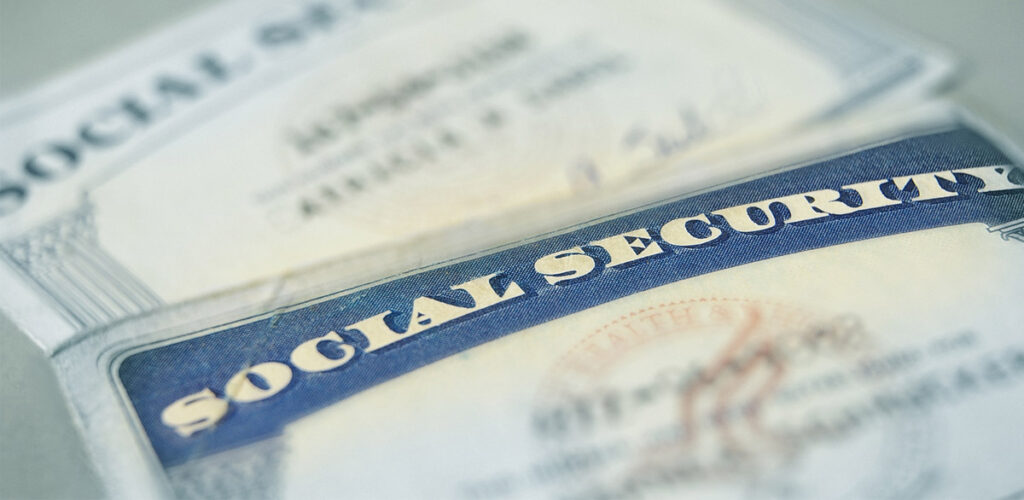 The Social Security Act celebrated its 90th anniversary on August 14, 1935, making it one of the most enduring social programs in the country’s history. In the shadow of this towering achievement, current enrollees and future recipients worry about the safety net’s long-term health and the likelihood of future coverage.
The Social Security Act celebrated its 90th anniversary on August 14, 1935, making it one of the most enduring social programs in the country’s history. In the shadow of this towering achievement, current enrollees and future recipients worry about the safety net’s long-term health and the likelihood of future coverage.
Social Security has been operating an annual cash deficit for the past 15 years, and the program’s central fund is on pace to run out by 2034. As life expectancy and living costs trend sharply upward, the operational costs are skyrocketing.
Faced with the possibility of losing or never having coverage in their golden years, many investors are looking to supplemental options such as precious metals IRAs and even recently diversified 401(k)s.
A Failing Financial Health Check
While there’s no shortage of numbers to comb through when measuring Social Security’s stability, a few stand out as flashing red warnings, signaling a system on course for collapse without major reform.
Trust Fund’s 10-Year Countdown
The Old-Age and Survivors Insurance (OASI) Trust Fund, the program’s savings account funded with payroll taxes, is estimated to be fully expended within the next decade. Barring an uptick in Social Security and Medicare taxes, the welfare system could only cover between 77% and 81% of the guaranteed benefits.
Deepening Annual Deficits
For the past decade and a half, Social Security has been running an annual cash deficit, with payroll taxes failing to cover disbursements. These shortfalls have steepened over time, projected to reach $169 billion in 2025, rapidly eating away at the program’s funds. The cumulative deficit could reach $3 trillion over the next 10 years.
Shrinking Worker Base
As with most social programs, Social Security relies on taxes from the labor force to fund payouts to retirees. However, an aging population and a plummeting birthrate have squeezed the worker-to-beneficiary ratio from 160:1 in 1940 to 2.7 today–an impossible issue to overcome without considerable adjustments.
Volatility Undercuts the Privatization Pitch
With Social Security destined to go broke by its 100th birthday, there’s a growing push to privatize the program in whole or in part. Scott Bessent, the Secretary of the Treasury, recently proposed using “Trump Accounts,” established by the One Big Beautiful Bill Act, as a roundabout way of privatization.
Supporters posit that the private sector can manage funds more effectively than the public system, often citing the 5% annual yield of the stock market. Although major indices may offer greater returns than Social Security’s current structure, most investors aren’t willing to gamble their nest egg in an increasingly volatile market.
The US’s fragile economic foundation sends shockwaves through the markets with greater frequency. Bear markets with drops of 20% or more strike roughly every six years, while sharp 10% corrections hit about every three. In this shaky environment, investors face the possibility of an inopportune market correction jeopardizing their retirement plans.
Where Americans Are Diversifying Beyond Social Security
The combination of genuinely challenging demographic shifts and outright fiscal mismanagement has tanked investor trust in an otherwise wildly popular program. Surveys suggest confidence has plunged by 7% in the past five years, with only 36% of Americans saying they have faith in it. That number decreases in younger demographics.
Many investors look for ways to diversify their wealth for a more stable, predictable, and comfortable retirement. One solution Americans are embracing is allocating a portion of their nest egg to physical assets free from stock market influence. Precious metals IRAs offer a viable and tax-deferred way of accomplishing that.
These self-directed retirement accounts open investors to physical gold, silver, platinum, and palladium–assets most traditional plans are barred from holding. Recently, Trump has even made moves to unlock 401(k)s, the most widely held retirement account, to a wider range of alternative investments, including gold.
👉 Related Read: Protect Your Retirement with Physical Gold & Silver
Social Security’s Precarious Path Forward
Social Security remains a critical source of revenue for 94% of hard-working Americans who have earned their payouts through decades of contributions. More pressingly, 27% of retirees rely solely on this social safety net for income. Predictably, decades of program mismanagement against a backdrop of fiscal debauchery at the federal level have run the program into the red.
If you’d like to learn more about how precious metals can safeguard your nest egg against Social Security weakness and government mismanagement, the advisors at Scottsdale Bullion & Coin would be happy to answer your questions. Contact us today by calling toll-free at 1-888-812-9892 or using our live chat function.


